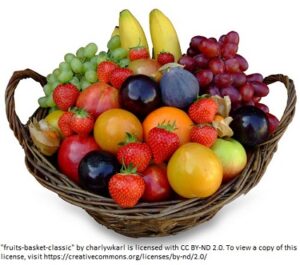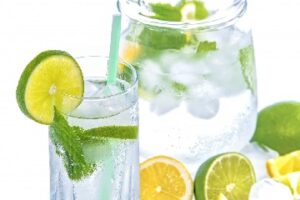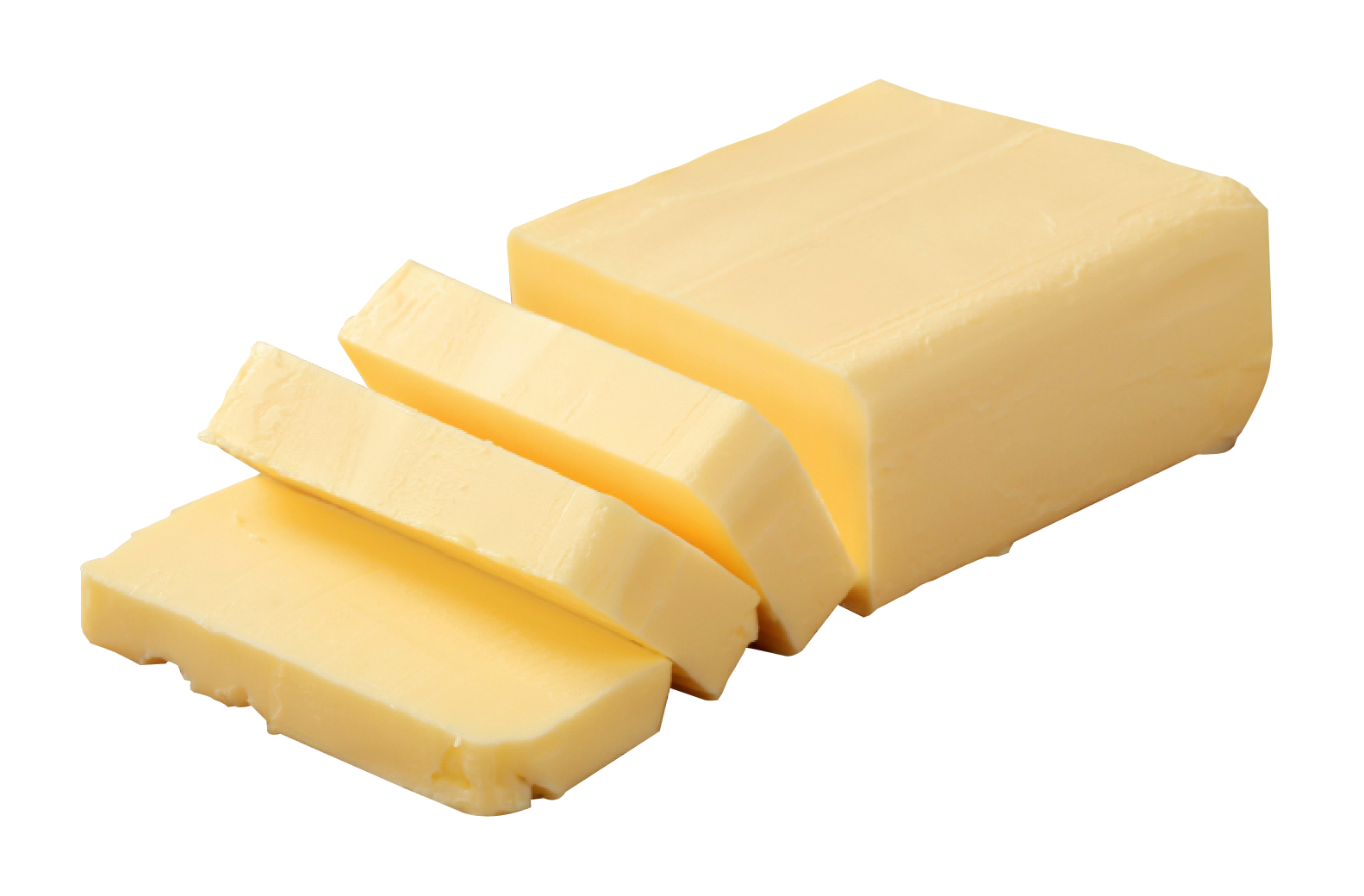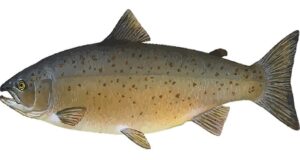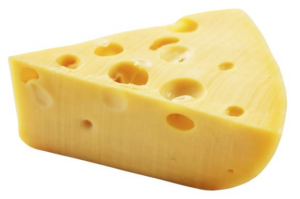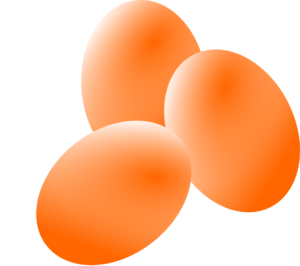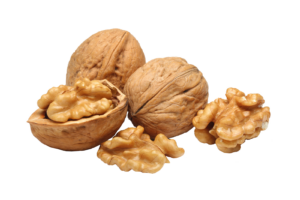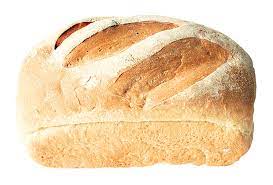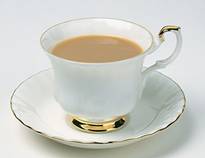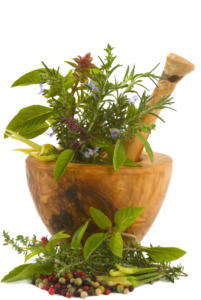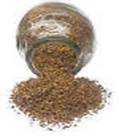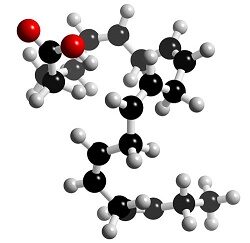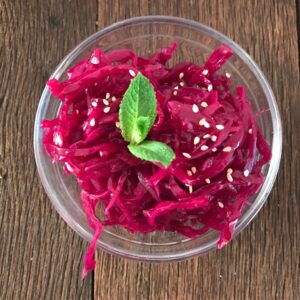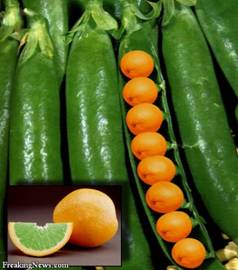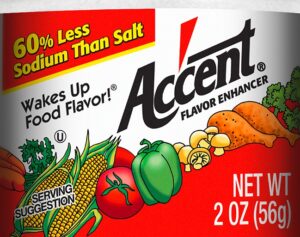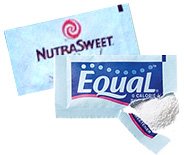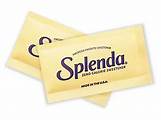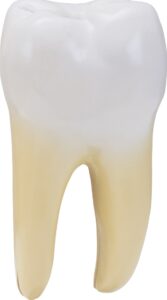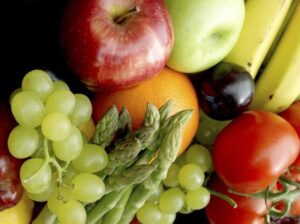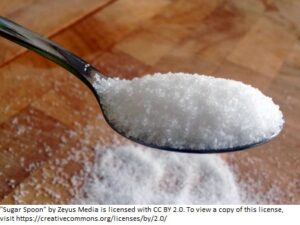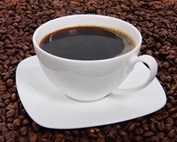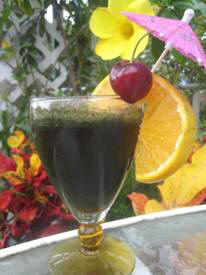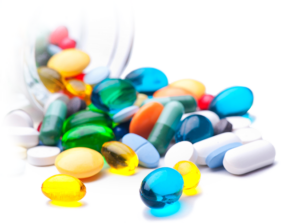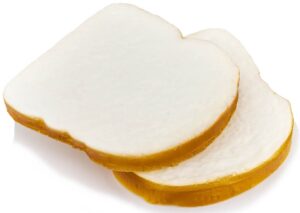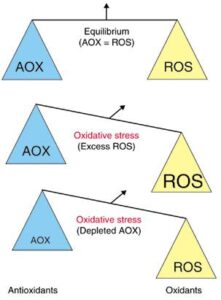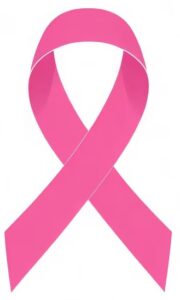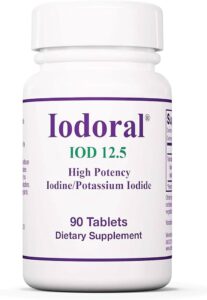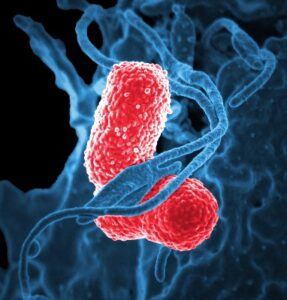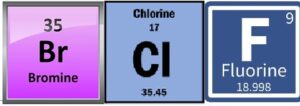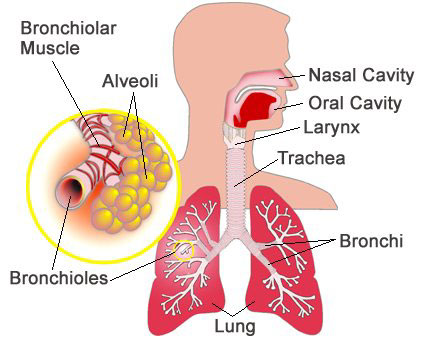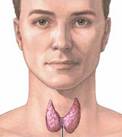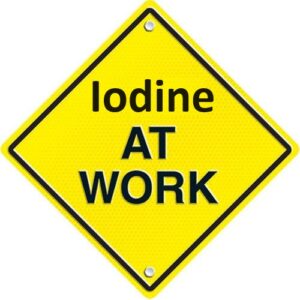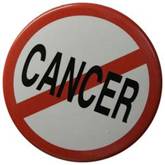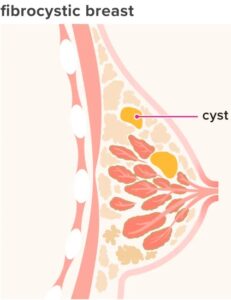
Iodine deficiency is common - Why is that?
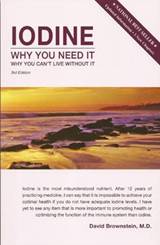
A decreased dietary intake of iodine coupled with an increased intake of competing substances (called goitrogens) has created an epidemic iodine deficiency in America, which can cause both overactive and underactive thyroid function. Iodine intake in the U.S. has fallen > 50% over the last 30 years while the presence of iodine antagonists, such as chlorine, fluoride and bromide from environmental pollution, and the considerable increase of soy products in our diet has increased considerably. Hollowell J.G. et al, Iodine Nutrition in the United States. Trends and Public Health Implications: Iodine Excretion Data from National Health and Nutrition Examination Surveys I and III (1971-1974 ; 1988-1994) J of Clin. Endocr. & Metab.,1998
Iodine deficiency affects more than just thyroid function
Concurrently, there has been an increase in thyroid disorders, diabetes, obesity, hypertension, and breast and thyroid cancer.
| Some Illnesses associated with Iodine Deficiency | |
|---|---|
| Fatigue | An underactive thyroid typically causes fatigue. Iodine supplementation can quickly reactivate the thyroid and relieve fatigue. Also, a rodent study that found that iodine deficiency may harm hypothalamic-pituitary-adrenal function – essential for energy and stamina. |
| Thyroid disease | Usually when the thyroid produces too few or too many thyroid hormones |
| Poor digestion | Many organs need iodine, but can’t absorb it until the blood measurements reach very high levels. The stomach and salivary glands are two such organs, but they can’t uptake iodine in any significant amounts until the blood level reaches 100 times what the thyroid needs. Most people do not produce enough stomach acid as they grow older and low gastric acidity can be caused by iodine deficiency. In contrast, iodine promotes stomach acidity. |
| Breast, ovarian, and skin cysts | In addition to fixing almost all cases of breast cysts, iodine also heals ovarian and skin cysts (rub iodine in right over the cyst) |
| Cancer | Iodine especially protects against and also fights reproductive organ cancers. Iodine against cancer |
| Other Female problems | Infertility, miscarriage, endometriosis, PMS, menopausal symptoms are usually caused or aggravated by hypothyroidism / insufficient iodine coupled with estrogen dominance (Estrogen unopposed by PROGESTERONE). |
| Dementia and glaucoma | Iodine is found in large amounts in the brain (including the parts of the brain associated with Parkinson’s disease) and the ciliary body of the eye, a possible factor in glaucoma. A transporter protein has been identified to carry T4 across the blood brain barrier, and another transports T3 across brain cell membranes. |
Why are we iodine deficient?
#1 Likely Reason – Presence of goitrogens that compete with iodine for body’s receptors
So-called goitrogens: fluoride, chlorine and bromine, are excessively present today in our food and water
Fluoride, chlorine and bromine all “beat out” iodine. Atomic weight determines which overpowers the other – fluoride is the overall winner, and iodine the loser.
Thyroid disorder-countering iodine used to be added to bread, but now thyroid disorder-causing bromate is added instead. From 1960-1980, iodine-containing dough conditioners added 150 mcg of iodine to each slice! But over the past 20 years, food processors have substituted this conditioner with bromate, a goitrogenic substance that easily binds to the thyroid gland’s iodine receptors and so inhibits iodine activity and contributes to thyroid disorders (Too much bromine can also cause impaired thinking and memory, drowsiness, dizziness and irritability). The substitution of bromine for iodine has resulted in nearly universal deficiency of iodine in the U.S..
| Iodide in table salt is not very bioavailable |
|---|
Iodate in bread is very bioavailable, whereas only 10% of iodide in iodized salt is absorbed: Pittman, et al, measured serum inorganic iodide levels in two groups of subjects:
and
There is 30,000 times more chloride than iodide in iodized salt (on a molar basis). Chloride competes with iodide for absorption in the intestinal tract. The low bioavailability of iodide in iodized table salt (sodium chloride) has not generally been reported. Pittman JA, et al. “Changing normal values for thyroidal radioiodine uptake.” NEJM, 1969; 280:1431-1434. PubMed |
Iodized table salt isn’t providing sufficient iodine
To get enough iodine to provide a maintenance dose for whole-body sufficiency (i.e. ~3mg), you would need to consume over an ounce of salt every day.
- Iodized salt contains a mere 0.076 mg of iodine / gram of salt.
- Sea salt, soy sauce, and Bragg’s liquid amino acids are all salty condiments that contain NO iodine. Contrary to instinctive opinion, sea salt has very little iodide compared to iodized table salt. The concentration of iodide/iodate in the oceans is a very dilute 0.05 PPM (compare this to bromide, which is 1400 times more concentrated).
Only ~50% of Americans use iodized salt. Many people are persuaded to reduce salt intake, usually because of high blood pressure concerns.
Low iodine content in soil
Some areas of the US, known as the Goiter Belt, simply have a very low iodine content. This includes mountainous regions, the Mississippi River Valley, the Ohio River Valley, and the Great Lakes regions (e.g. 40% of the people living in Michigan suffered from goiter in the 1930’s). Also, over-farming has depleted iodine content in soils previously-rich in iodine. All soil containing granite is poor in iodine. E.g. Vermont. Coastal regions have a richer iodine content than inland (Iodide ions in seawater are oxidized to elemental iodine, which is volatilized by UV into the atmosphere and returned to the soil by rain, completing the cycle)
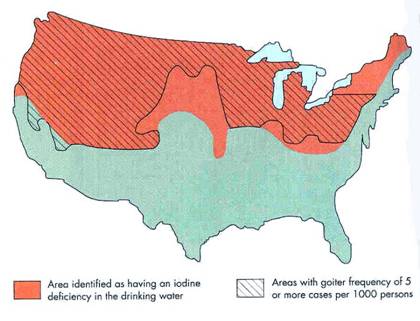
A Biblical Explanation. After the Great Flood, the receding waters washed away the topsoil with all its elements into the oceans and seas. The new topsoil became deficient in iodine and other essential elements. Mountainous areas became the most iodine-deficient because the receding waters were the most rapid over the steep slopes, eroding deeper into the soil and washing it into the seas.
Body’s iodine is used to detoxify toxic metals
Toxic metal contamination is now abundant in many places and products. Here’s just a few examples:
- Mercury in fish. Especially high in large tuna, shark and swordfish;
- Mercury leaching from dental fillings
- Cadmium from tires (in road dust)
Thyroid hormone medications (e.g. Synthroid)
Long-term use of these drugs depletes thyroid and tissue iodine levels. This is associated with increased cancer rates. Fluorescent scanning of the thyroid clearly shows how drug and other medical thyroid therapies deplete the gland and body of critical iodine.
Synthroid or other thyroid-destructive therapies should never be taken without iodine therapy to ensure whole body iodine sufficiency
Symptoms of iodine deficiency | ||
|---|---|---|
| • Brittle nails | • Cold hands and feet | • Cold intolerance |
| • Depression | • Difficulty swallowing | • Dry skin |
| • Dry hair / hair loss | • Lethargy | • High cholesterol |
| • Hoarseness | • Infertility | • Outer 1/3 of eyebrows thinning |
| • Menstrual irregularities | • Early menopause | • Poor memory/concentration |
| • Slower heartbeat | • Throat pain | • Weight gain |




